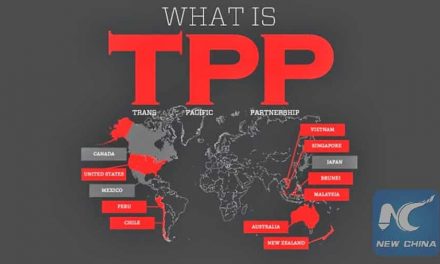Fighting TTIP, CETA and ISDS: Lessons from Canada
October 30, 2015
By Maude Barlow
The Council of Canadians
This paper is offered as a warning to Europeans who care about the health of their people, the resilience of their communities, the fate of their public services, and the protection of their natural resources.
In 1989, Canada and the United States signed the Canada-United States Free Trade Agreement (CUSTA). In 1994, the two countries and Mexico signed the North American Free Trade Agreement (NAFTA). These two deals set the tone for the new generation of bilateral and regional trade deals, and created a model still vigorously pursued by most governments.
Under CUSTA, Canada would lose much of its manufacturing base as American corporations closed their Canadian plants and moved them offshore. Canada also gave up regulatory control of its energy reserves. NAFTA introduced a new provision – investor-state dispute settlement (ISDS) – whereby corporations from the three countries could sue one another’s governments for changes to laws, policies or practices that hurt the corporations’ bottom lines.
NAFTA’s legacy is alive and well in both the Transatlantic Trade and Investment Partnership (TTIP) between the European Union and the United States and the Comprehensive Economic and Trade Agreement (CETA) between the EU and Canada. While these deals push the trade envelope in several new ways, both contain ISDS provisions, which are especially controversial in Europe.
As a result of NAFTA, Canada is the most investor-state challenged country in the developed world, and Canadians have an important story to share with Europeans as they grapple with TTIP and CETA. This paper is offered as a warning to Europeans who care about the health of their people, the resilience of their communities, the fate of their public services, and the protection of their natural resources.
-Download the complete report English Français Deutsch Español





